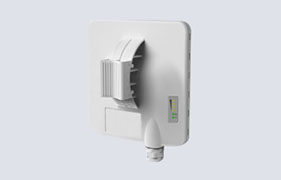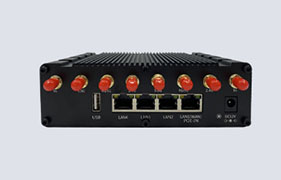What requirements should 5G industrial routers meet
5G era, the arrival of the Internet of everything. Tailor-made for 5G, we will create a high-end 5G industrial-grade router that can be used for edge computing. So what are the requirements for 5G industrial routers?
I. What requirements should 5G industrial routers meet?
1. Normative communication interfaces
In the process of designing 5G industrial routers, designers require standardized communication interfaces between equipment modular structures. Maintenance and update of industrial 5G router modules and addition of new modules should not affect other communication modules of components. In addition, industrial 5G router software should be highly fault-tolerant so that minor software failures should not cause various serious system restarts.
2. Relative independence
It is extremely important that the data and processing program configured in the design process of industrial 4G router with stable performance should be relatively independent, and any change of configuration data should not cause the change of the device running version program, so as to facilitate the adaptability of the processing program to the configuration data of any office. In addition, industrial-grade 5G routers should be designed with protective features to avoid damage by other programs.

3. Renewability of equipment
Industrial-grade 5G router designs only need to change configuration data when increasing or reducing device capacity, and only need to apply general man-machine commands without affecting normal communication. Moreover, industrial-grade 5G routers should have the function of monitoring software operation faults, and should be able to automatically restart and send immediate fault report information in case of major faults such as dead-cycle.
Industrial routers are widely applicable to the Internet of Things industry, supporting mainstream IOT platforms such as standard Modbus TCP/OPC UA/MQTT, Ali/Huawei/mobile/Telecom. Computing is compatible with a variety of mainstream industrial real-time Ethernet protocols and industrial bus protocols, supporting the following protocols: Modbus TCP, Modbus RTU, OPC UA, PROFINET, PROFIBUS-DP, EtherCAT, EtherNET/IP, CC-LINK, and PPI protocols. Power level high specification software and hardware solutions, independent powerful MCU processor, multi-level watchdog protection, never down.
The explosion of the industrial Internet of things brought by 5G cannot be overstated. The arrival of 5G means opening the door to the industrial Internet of Things, and the nature of connectivity will give rise to new industry operators, thus reshaping an industry. There are huge possibilities to be unlocked in high-end manufacturing, telemedicine and driverless development.


